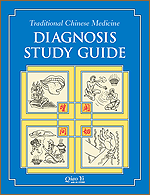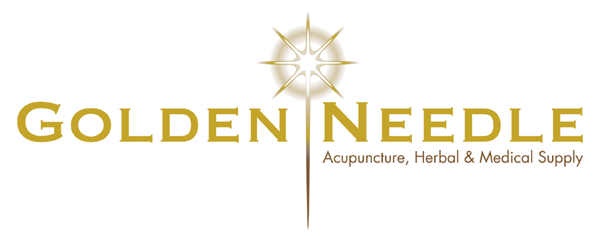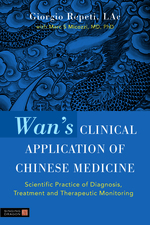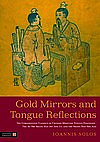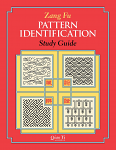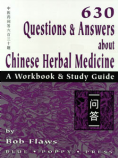| Description |
Traditional Chinese Medicine Diagnosis Study Guide
Qiao Yi
with Al Stone

Diagnosis in traditional Chinese medicine (TCM) is the process of examining the body to diagnose disease and differentiate patterns under the guidance of the fundamental theories of TCM. It is a bridge that connects the basics of TCM with all branches of clinical medicine and includes inspecting the symptoms or manifestations, analyzing the changes, understanding the pathomechanisms, and predicting the transformation of diseases.
TCM diagnosis consists of two major areas of study, 'examination and testing' (zhên) and 'decision and judgment' (duàn). Examination and testing techniques are used to collect information from the patient. Decision and judgment uses this information, which is sorted, analyzed, synthesized, and reasoned on the basis of TCM theory.
This book is organized around the 'four pillars' of TCM diagnosis: inspection, inquiry, listening and smelling, and palpation. In this text, each aspect is explained in a clear and systematic manner, with generous use of tables and illustrations. This is followed by a series of review questions for deeper understanding.
A comprehensive self-examination consisting of 200 multiple choice questions, with a separate key to the answers, tests the reader's understanding of the important points of each aspect of diagnosis. These questions, many of which are presented in case study format, will help students prepare for the board exams.
REVIEWS
"Qiao Yi and Al Stone, both veteran educators, have risen to the task of explaining TCM diagnosis in both overview and its intricate details. This Study Guide goes beyond simply translating and reiterating what has already been written in other texts by showing diagnosis as an interactive process with zang-fu and TCM theory. The authors’ years of experience in teaching this material—which has been peer reviewed by leading scholars of Chinese medicine—is reflected in both the content and its presentation. More than just a dry compilation of facts, this book clarifies many of the ambiguities left by other TCM texts. Highly recommended for both beginners and experienced practitioners."
—Douglas Eisenstark L.Ac., Instructor at Yo San University and Emperor's College of TCM
|
